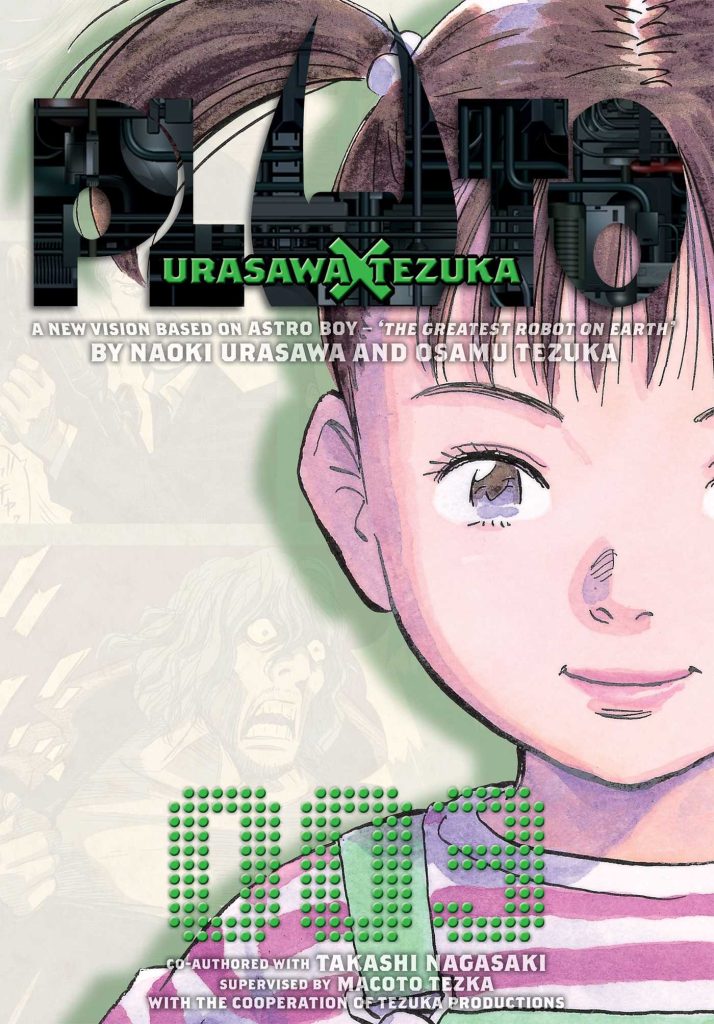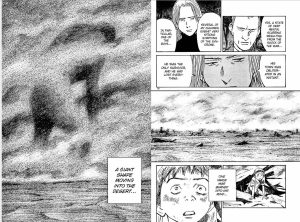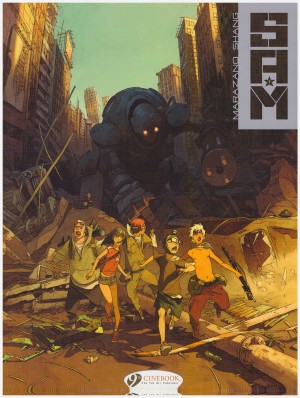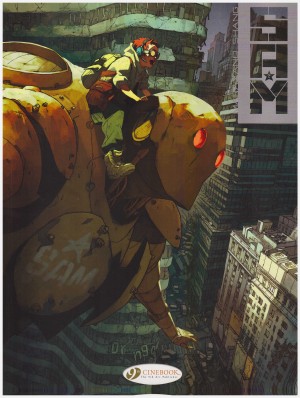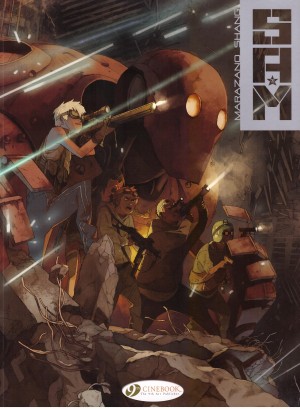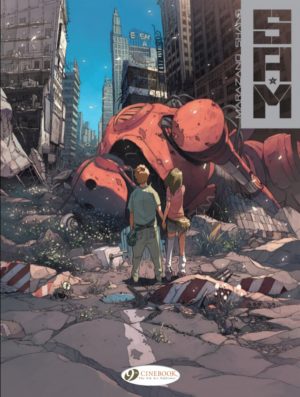Review by Woodrow Phoenix
On a near-future Earth where fully autonomous, intelligent robots serve humanity, a legal scholar who drafted the first laws to codify the legal status of robots as full citizens has been murdered in Japan. Another man, an officer of the robot law protection society, is also dead in Germany. And three of the world’s most renowned and powerful robots in Switzerland, England and Turkey, have been destroyed too. The connection has something to do with the 39th Central Asian War. It began with the Bora Survey Group – which included scientists, politicians and military experts – advising western nations to attack the kingdom of Persia to eliminate weapons of mass destruction. The war was largely fought by robots on both sides and Persia lost, but in the four years since it ended post-war anxiety and instability has lingered for everyone.
As seen in Vol. 2, The Europol police inspector Gesicht, assigned to this case, has his own nightmares about the war tormenting him as he searches for answers in many places including visits to the only robot ever to have deliberately killed a human being: the criminally insane Brau-1589. The echoes of horror film The Silence of The Lambs in the developing relationship between the two spreads throughout this book as we learn more about the past history of the war; and copycat attacks on robots begin happening as right-wing hate groups begin an anti-robot campaign. Two of the remaining superpowered robots, the godlike Epsilon and the battle-hardened Hercules, meet to consider their approaches to self defence. Meanwhile in Japan, Atom’s younger sister Uran doesn’t have his super-strength but she has other fantastic abilities, not least her power of empathy enabling her to sense intense emotions in other beings, particularly fear and sadness. Just as she was drawn across the city to frightened zoo animals in a mysterious and beautifully strange introduction in Vol. 2, now she is compelled to find and befriend a lost and confused stranger lurking in a tunnel. He seems like a gentle soul, drawn to nature and able to make flowers grow anywhere with a touch of his hand, but can’t recall anything of his past. Why is he scared to remember?
Naoki Urasawa and co-writer Takashi Nagasaki’s extended deconstruction of Osamu Tezuka’s Astro Boy adventure The Greatest Robot on Earth continues to weave a complex web of circumstances together from the basic premise of a murder mystery that involves someone or something destroying the world’s seven most powerful robots. The imagery is sensitive and expertly detailed, shifting effortlessly between personal, emotional small moments and giant action scenes, with two major new antagonists introduced in this volume who have very logical, defensible reasons for their terrible actions. Pluto’s breadth of intelligence and compassion for its conflicted characters, and its high-concept exploration of what it means to be a conscious being makes for a completely absorbing mystery. Another very big puzzle piece is revealed at the end of this volume to propel you immediately to Vol. 4 as quickly as you can pick it up.
